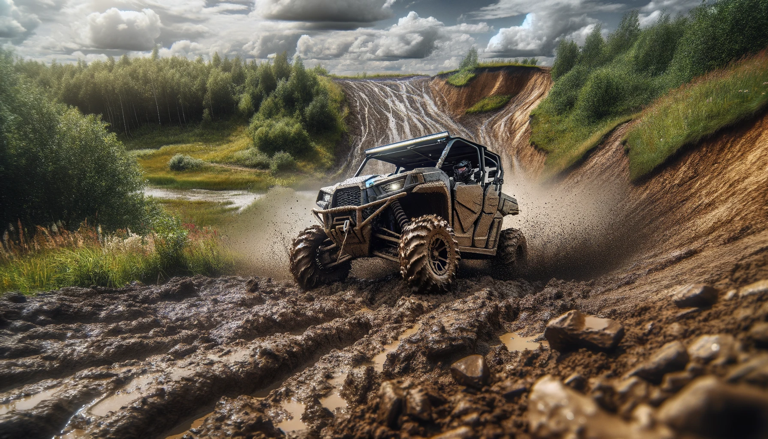Crop circles have fascinated and mystified people for decades, appearing suddenly in fields and sparking countless theories about their origins. In this blog post, we’ll delve into the facts and misconceptions surrounding these enigmatic formations.
Fact: Crop Circles Have Historical Roots
Crop circles are not a modern phenomenon. Historical records and folklore indicate that crop circles have been reported for centuries. One of the earliest references dates back to the 17th century, with the "Mowing Devil" legend, where a farmer claimed a devil had created a circular pattern in his crops.
Misconception: All Crop Circles Are Created by Aliens
One of the most popular misconceptions is that crop circles are created by extraterrestrials. While this theory has been widely publicized, there is no concrete evidence to support it. Most crop circles have been proven to be man-made, often created by artists and pranksters using simple tools like planks and ropes.
Fact: Some Crop Circles Exhibit Complex Designs
While many crop circles are simple in design, some display incredibly complex and intricate patterns. These designs often require precise calculations and planning, showcasing the ingenuity and creativity of their creators. This complexity sometimes fuels the belief that they are beyond human capability, but skilled individuals have demonstrated how these intricate patterns can be achieved.
Misconception: Crop Circles Cause Significant Damage to Crops
A common concern is that crop circles cause extensive damage to crops, leading to significant financial loss for farmers. In reality, while the flattened crops are affected, the damage is usually localized and not as extensive as believed. Many farmers even report an increase in tourism, which can offset the damage costs.
Fact: Scientific Studies Have Been Conducted on Crop Circles
Scientists have studied crop circles to understand their formation and impact on crops. Some studies have explored the physical changes in plants within crop circles, such as elongated nodes or bent stems. These changes can be caused by various natural factors, including weather conditions and soil properties, rather than supernatural causes.
Misconception: Crop Circles Only Appear in Wheat Fields
While wheat fields are the most common canvas for crop circles, they can appear in various types of crops, including barley, oats, and maize. The choice of crop often depends on the availability and the ease with which the patterns can be created.
Fact: Crop Circle Creation Has Become an Art Form
Over the years, creating crop circles has evolved into an art form, with groups of enthusiasts and artists taking up the challenge of crafting new and elaborate designs. This has led to a community of crop circle makers who share techniques and collaborate on increasingly sophisticated patterns.
Misconception: Crop Circles Are a Modern Hoax
Though modern hoaxes have certainly contributed to the proliferation of crop circles, they are not solely a product of contemporary pranksters. The long history of crop circle sightings suggests a broader cultural and historical context, with natural and human-made causes both playing roles.
Conclusion
Crop circles remain a captivating subject, blending elements of history, art, and mystery. While many misconceptions persist, understanding the facts helps demystify these intriguing formations. Whether you're a skeptic or a believer, there's no denying the fascinating blend of science, creativity, and folklore that crop circles represent.










